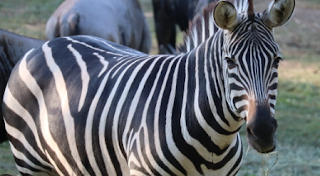Did you know that moths have no stomach?
Did you know that Hummingbirds can't walk?
Did you know that Sea otters have 2 coats of fur?
Did you know that a starfish can turn its stomach inside out?
Did you know that a zebra is white with black stripes?
Did you know that the first website was created in 1991?
Did you know that the world's largest snowflake on record was recorded in Montana in 1887?
Did you know that the world's largest desert is the Saharra desert?

Now if you didn't know,
now you know...
To see more did you know that trivia click here
Did you know that:Muscles are made up of bundles from about 5 in the eyelid to about 200 in the buttock muscle.
Muscles in the human body (640 in total) make up about half of the body weight.
The human body has enough fat to produce 7 bars of soap.
The human head is a quarter of our total length at birth, but only an eighth of our total length by the time we reach adulthood.
Most people blink about 17,000 times a day.
Did you know that:
15 million blood cells are produced and destroyed in the human body every second.
Every minute, 30-40,000 dead skin cells fall from your body.
The brain uses more than 25% of the oxygen used by the human body.
If your mouth was completely dry, you would not be able to distinguish the taste of anything.
There are more living organisms on the skin of a single human being than there are human beings on the surface of the earth.




